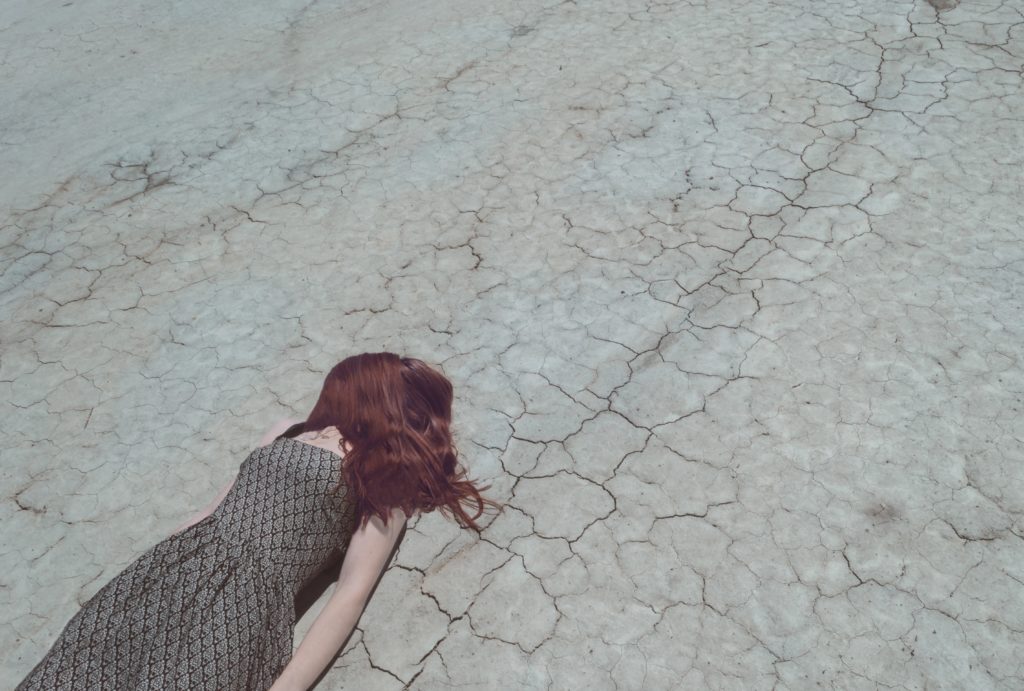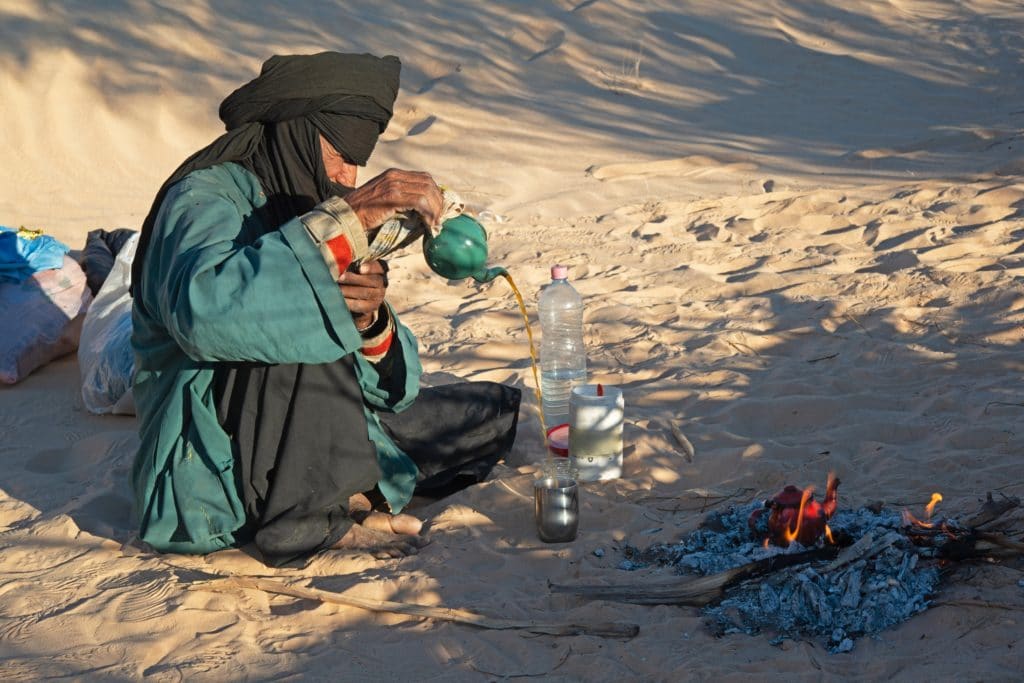There are essentially two things that we want from our clothing. We want protection from the elements. And we want to look fabulous.
She got one out of two.
You can do better and the key is to think in layers. We’re going to be in the desert and this is a place of extremes. While January temperature averages range from the upper 60s to low 40s, there are other things to consider.
The desert is an exceptionally dry and exposed place. With so little humidity, the insulating effect of water vapor in the atmosphere is gone. Desert nights are cold. And with precious little shade along our route, sun protection is essential.
So here’s how we’re going to do it, God willing. We’ll start from the top down and think in layers.
Hat
Any head covering will do. If you opt for a hat or a visor, a wide brim to allow for some shading of the eyes and face will be well appreciated. I like to make sure my neck is covered as well and so I’ll generally cover up with a light scarf.
Sunglasses
If you opt for eye protection, and I suggest you do, look for polarized lenses that filter, at a minimum, UVB light.
Base Layer
This is the layer closest to your skin, apart from whatever underwear you choose to wear. My favorite base layer is something in merino wool.
Merino wool is super soft, regulates temperature real nice, and stays warm even when wet. It comes in all different thicknesses. If you get cold real easy choose something thicker, but for most of us a thin-medium layer of merino is a great place to start.
I really like SmartWool, but after a few years I always seem to end up with a bunch of holes. I actually think my SmartWool is being eaten by moths which only affirms my respect for this company. Moths know what’s good.
As an alternative, some people like the moisture-wicking benefits of synthetic fabrics. If you sweat a bunch, you might like some of the recycled polyester (Capilene) offerings of Patagonia. If you look though, even they like to blend their stuff with merino.
Get some wool. You won’t regret it.

Middle Layer
This is your insulating layer. You just want something over your base layer that helps you retain heat and look fly. I was a teen in the 90s, so I generally go with flannel. Some people like fleece. Some people like puffy jackets.
Puffy jackets are stupid to look at, but I have to admit- they compress real small and allow for tons of warmth. So packing one to sleep in would not be a terrible idea.
Outer Layer
This is where we protect ourselves from the elements. You want something that will keep the wind out. If you went pretty thick with with the previous layers, all you really need is a waterproof shell jacket or a windbreaker.
That’s really it. Now that you got your layers, you can just peel clothes off when you’re feeling warm and put them back on when you get cold.
You don’t really need a bunch of extra clothes. I have no intention of changing clothes at any point during our time together. Or at any point between now and our time together. Or ever.
So if you’ve read closely and put all those layers together, you should look something like this:
Footwear
I hike in sandals. I do everything in sandals. But these longer hikes have been raising blisters and it’s very frustrating. So I may be in the market for a hiking shoe (but maybe not).
We don’t need anything terribly fancy. There are backpackers who feel that a proper hiking boot with ankle support is the only way to go. The jury is out on that. If you have ankle issues, by all means get the extra support.
But for most of us any kind of athletic shoe will be fine. The main thing is comfort and tread. We want a shoe that feels good and sticks real nice. Most of us aren’t in the habit of being on our feet with a loaded pack for 6-8 hours/day. So whatever you think you’re going to wear, make sure to get a couple of 10-mile days on them to be sure.
Socks are also important for blister prevention. But since I have very little experience with them, I’ll refer you to this article here.
The Timbisha Shoshone were the ancient people of Death Valley. I like to think about indigenous people when planning things like this. We have certain expectations that they never had. We expect to eat at least a couple of meals every day. We expect to be warm and dry. We expect a certain measure of comfort and ease. We ravage the earth daily in the fulfillment of these expectations.
But what if we moved from expectation to gratitude? Rather than incubating ourselves in hyper-engineered clothing and footwear with the expectation that we will be protected from the elements, why not wear what we have and hope for the best? And if we get through everything OK, we can be really happy about that. And if we end up cold and sunburned with terrible blisters we can accept that experience on its terms without necessarily assigning negative value to it. We can acknowledge our cold and blistered state and ask our friends politely to carry us the rest of the way.
That’s my plan.
What’s yours?
Leave a comment below for posterity or join us in the D&T Chautaqua Discord to discuss this post with other adventurous spirits from around the world.

